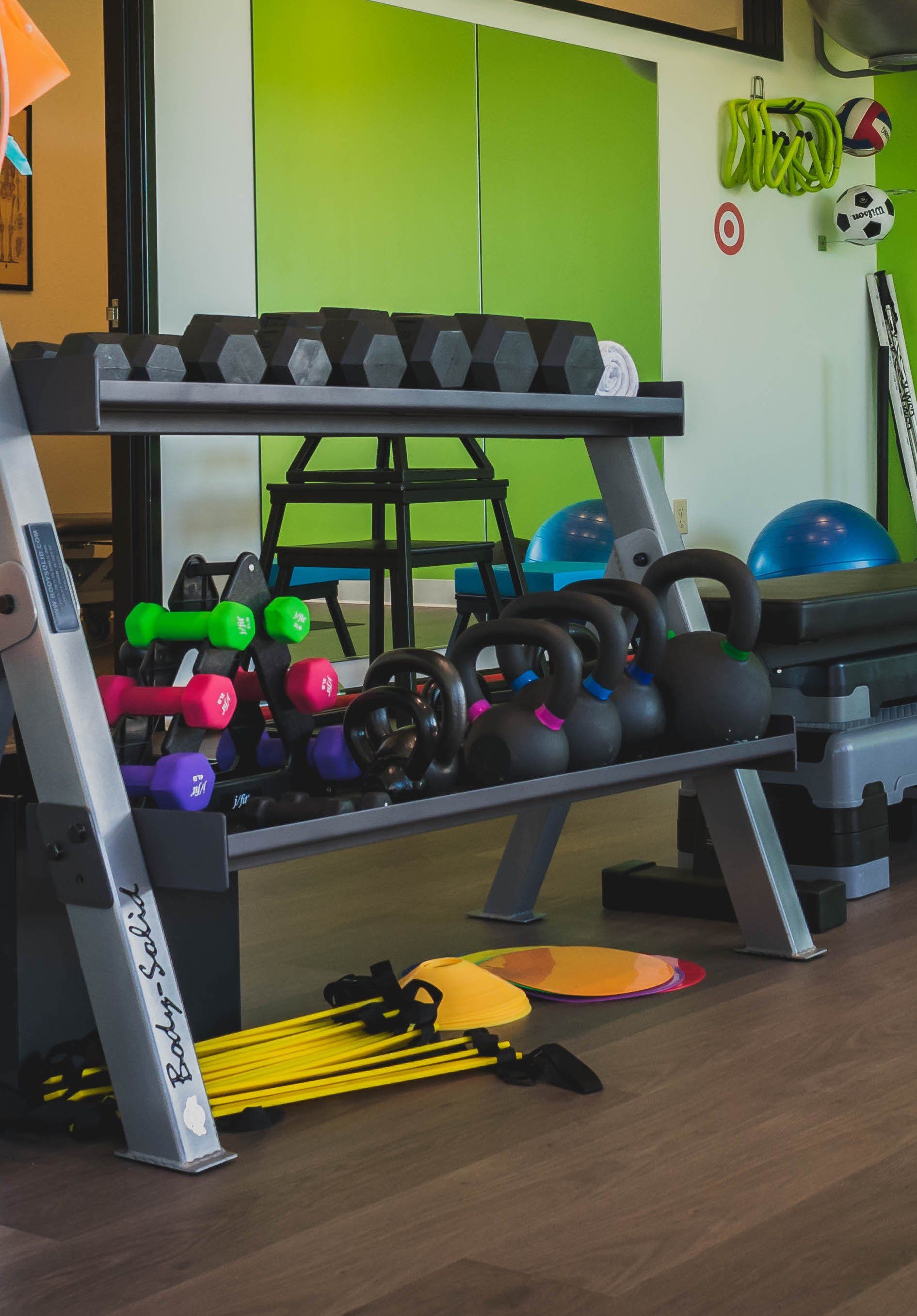Vestibular Therapy
Navigating Balance and Dizziness: The Power of Vestibular Physical Therapy
Introduction
Maintaining balance and stability is essential for carrying out our daily activities with ease and confidence. However, many individuals struggle with balance issues and dizziness due to problems with their vestibular system. Fortunately, vestibular physical therapy offers a promising solution to help individuals regain their equilibrium and improve their quality of life. In this blog post, we will explore the fascinating field of vestibular physical therapy, its benefits, and how it can assist individuals in overcoming vestibular challenges.
Understanding the Vestibular System
The vestibular system is a complex network of structures located in the inner ear. It plays a vital role in sensing and maintaining our body’s position and balance. When this system malfunctions, individuals can experience a range of symptoms, including dizziness, vertigo (a spinning sensation), imbalance, and difficulty focusing. These symptoms can significantly impact one’s daily life, leading to falls, anxiety, and decreased independence.
What is Vestibular Physical Therapy?
Vestibular physical therapy is a specialized branch of physical therapy that focuses on diagnosing and treating disorders related to the vestibular system. The therapy aims to improve balance, reduce dizziness, and enhance overall functional abilities. It employs a variety of exercises and techniques designed to promote vestibular adaptation, compensation, and habituation.
Benefits of Vestibular Physical Therapy
- Reduced Dizziness and Vertigo: Through targeted exercises and maneuvers, vestibular physical therapy can alleviate dizziness and vertigo symptoms. These exercises help the brain adapt and compensate for the vestibular dysfunction, leading to improved balance and a reduction in the frequency and intensity of dizzy spells.
- Enhanced Balance and Coordination: Vestibular physical therapy incorporates exercises that challenge the body’s balance and proprioceptive systems. By gradually exposing individuals to controlled movements and unstable surfaces, therapists can help improve balance, coordination, and postural control.
- Fall Prevention: Falling is a significant concern for individuals with vestibular disorders. Vestibular physical therapy can address this issue by focusing on improving stability, strengthening muscles, and enhancing reaction times. By doing so, it reduces the risk of falls and improves overall safety.
- Increased Independence and Quality of Life: Managing vestibular symptoms can significantly impact an individual’s independence and overall well-being. Vestibular physical therapy aims to restore function, enabling individuals to perform daily activities without fear or limitation. By regaining confidence in their balance and reducing symptoms, patients can enjoy a better quality of life.
Common Techniques and Exercises Used
Vestibular physical therapy employs various techniques and exercises tailored to each individual’s needs. These may include:
- Canalith Repositioning Procedures: These procedures involve specific head and body movements to reposition displaced crystals in the inner ear, often causing benign paroxysmal positional vertigo (BPPV). By realigning the crystals, dizziness and vertigo can be significantly reduced or eliminated.
- Gaze Stabilization Exercises: These exercises focus on enhancing eye-head coordination, which is crucial for maintaining visual stability during head movements. They involve tracking visual targets and gradually increasing the difficulty to improve the vestibulo-ocular reflex.
- Balance and Proprioception Training: These exercises aim to improve postural control, stability, and proprioception. They may include standing on uneven surfaces, performing single-leg balance exercises, and utilizing stability aids such as foam pads or balance boards.
- Vestibular Habituation Exercises: These exercises gradually expose individuals to specific movements or stimuli that trigger dizziness or vertigo. Over time, repetition and desensitization help the brain adapt and reduce symptoms.
Conclusion
Contact us today for a virtual consult or a physical therapy evaluation! If you are suffering from vestibular system dysfunction, our vestibular physical therapy interventions can offer you hope and relief.
